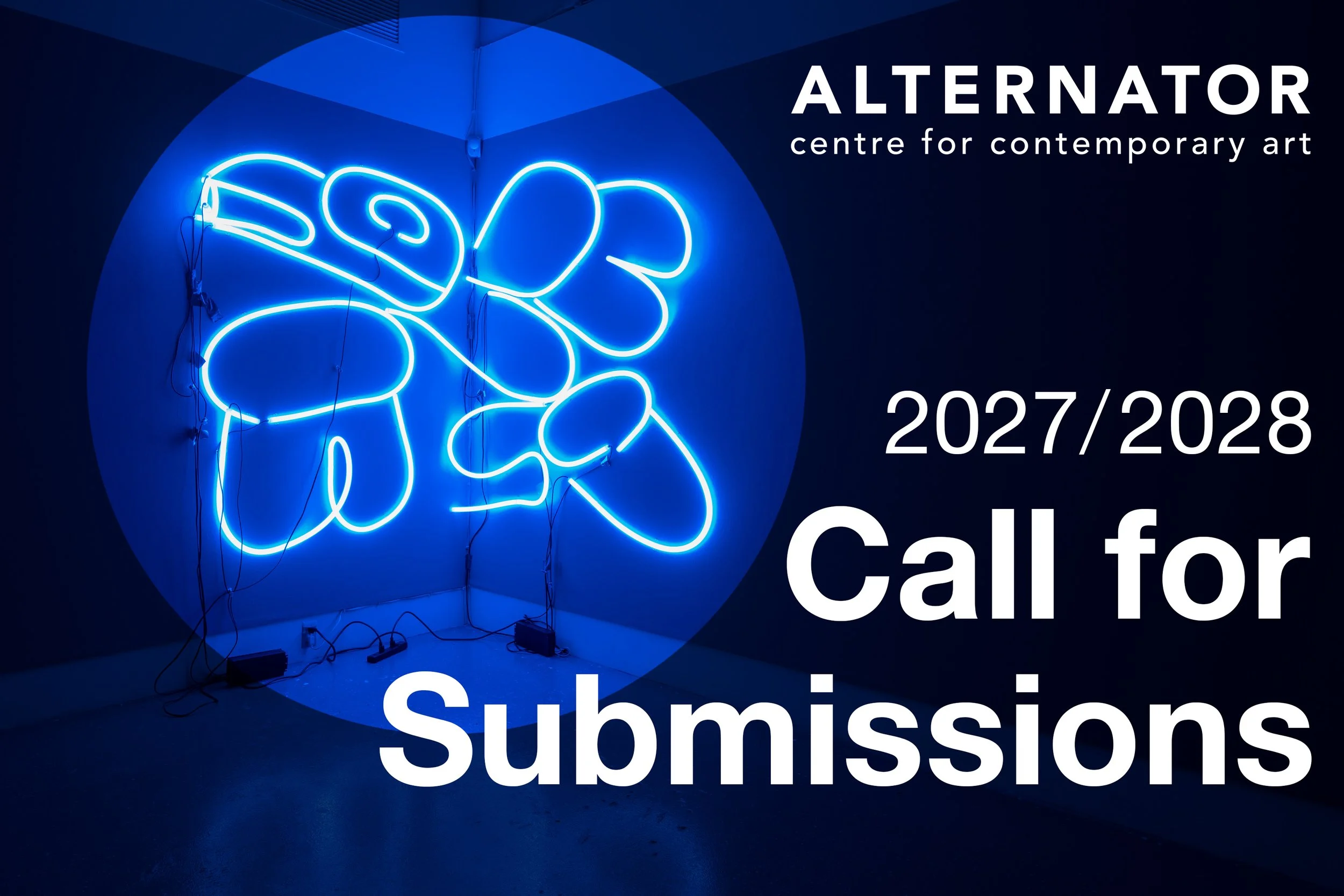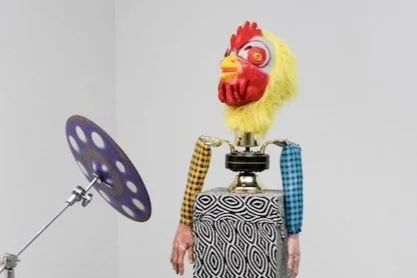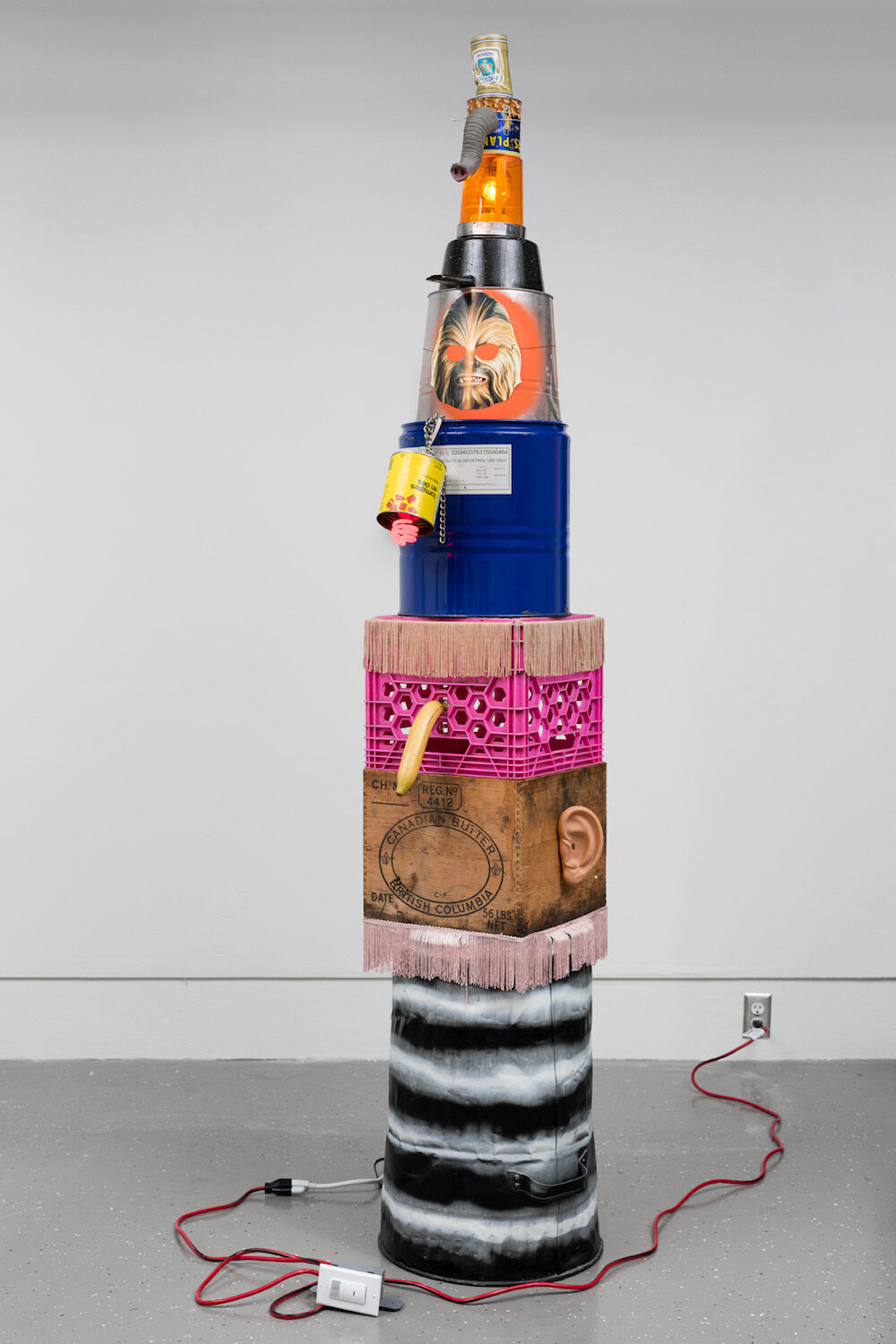
Holly Ward // humynatur3
In humynatur3 Holly Ward explored the dissolution of Nature/Culture distinctions as emergent in the Anthropocene, a new geological era wherein human activity has influenced the course of all non-human systems, towards unprecedented outcomes.
In this context, hierarchical classifications distinguishing between biological organisms, environmental processes and ‘animal’ vs. human pursuits are dissolved, creating the ‘Terra Incognita’ of a radically unknowable future. Utilizing the gallery space as a laboratory, sculptural assemblages and 2D works explore themes of mutation, acceleration, extinction and evolution. These real-time material investigations acknowledge the contemporary event horizon of radical change while seeking to build conceptual frameworks for responsive reckoning and strategies of collective world-building.
Based between Toronto and Heffley-Creek BC, Holly Ward is an interdisciplinary artist working with sculpture, multi- media installation, architecture, video and drawing as a means to examine the role of aesthetics in the formation of new social realities. Stemming from research of various visionary practices such as utopian philosophy, science fiction literature, Visionary Architecture, counter-cultural practices and urban planning, her work investigates the arbitrary nature of symbolic designation and the use-value of form in a social context.
For more information about Ward’s work, visit her website.


























